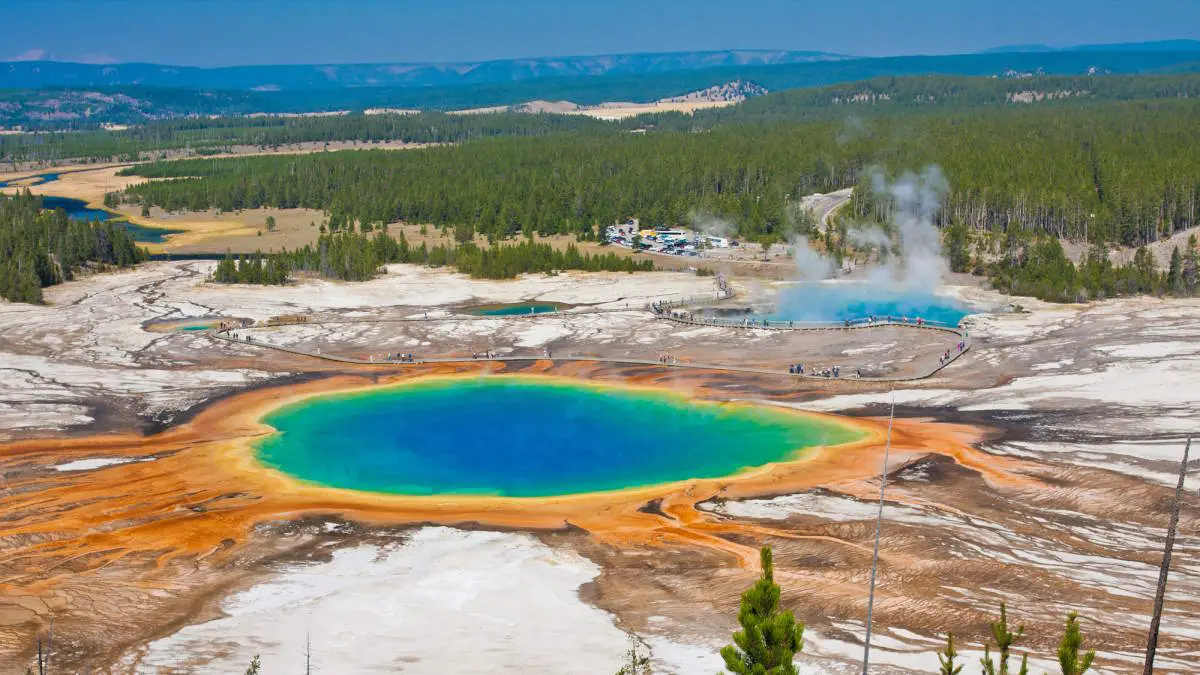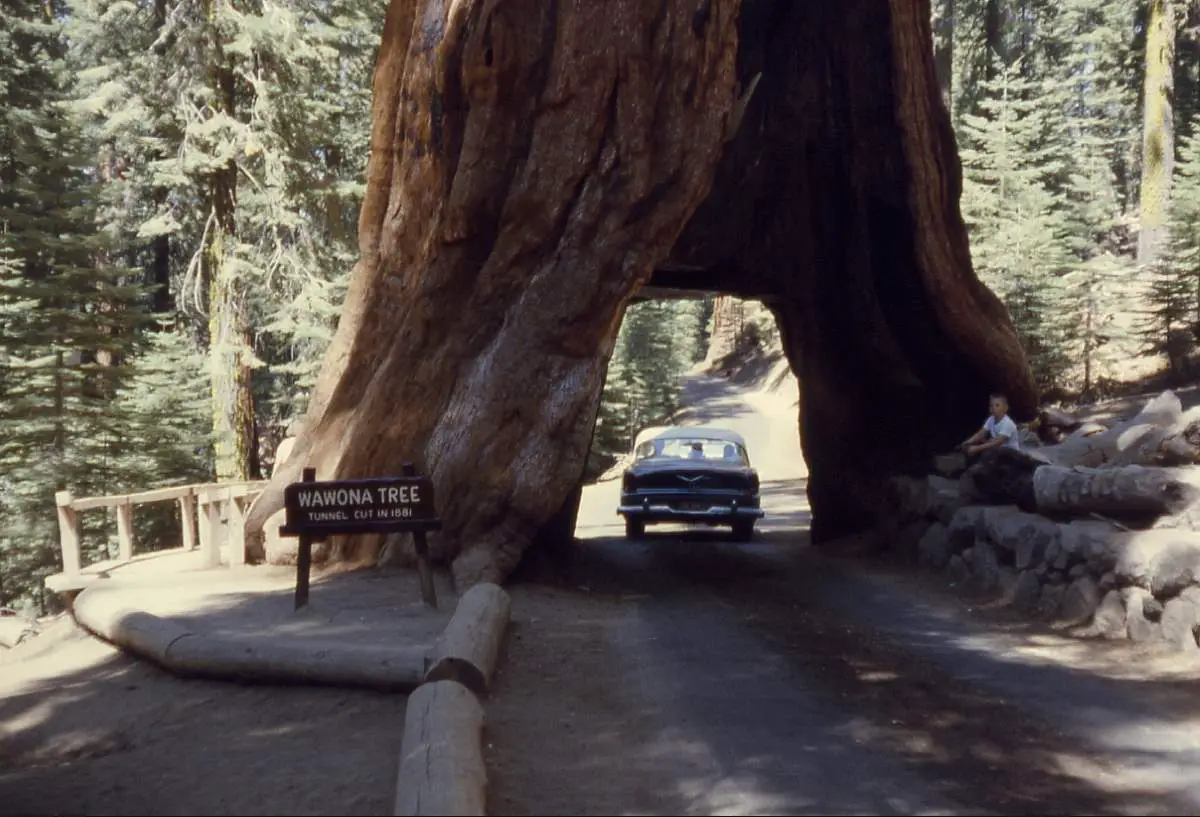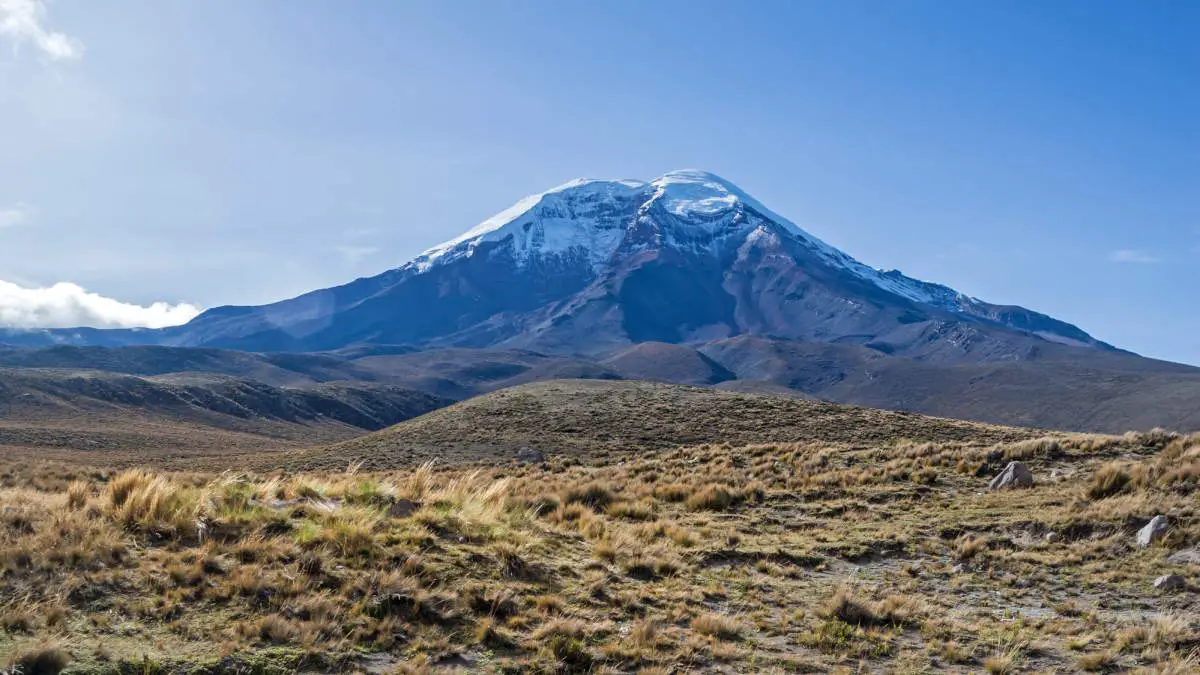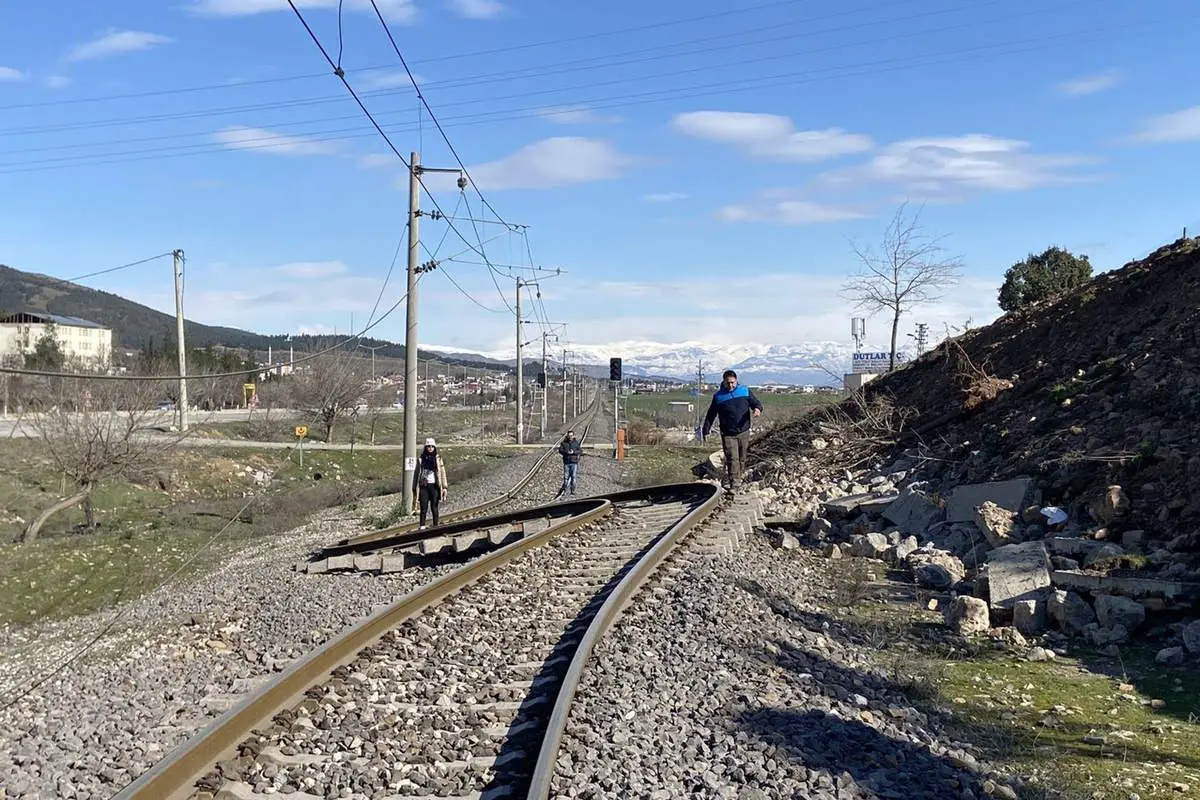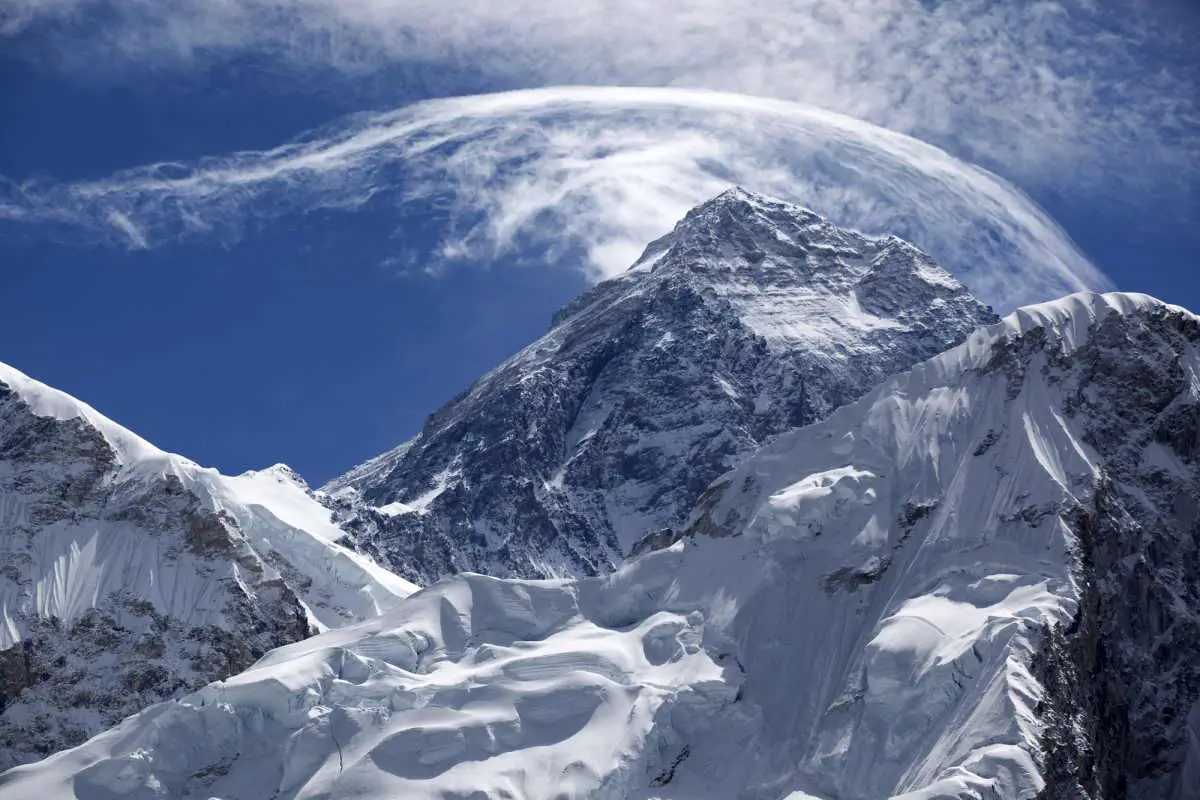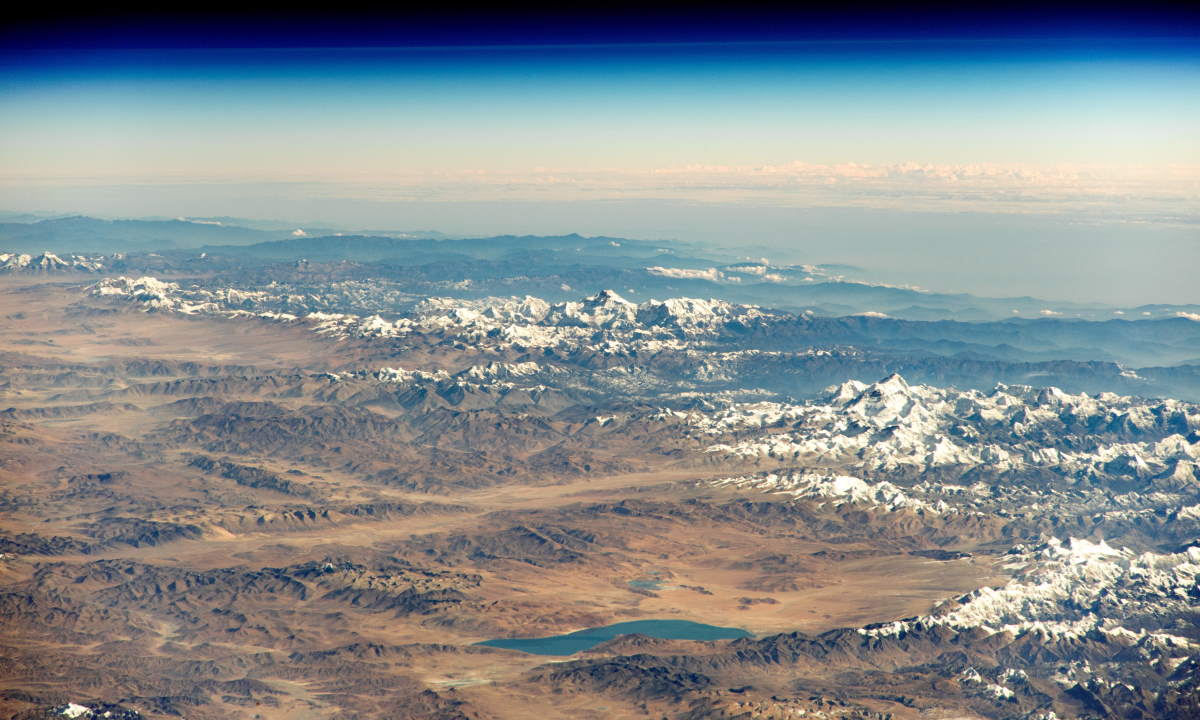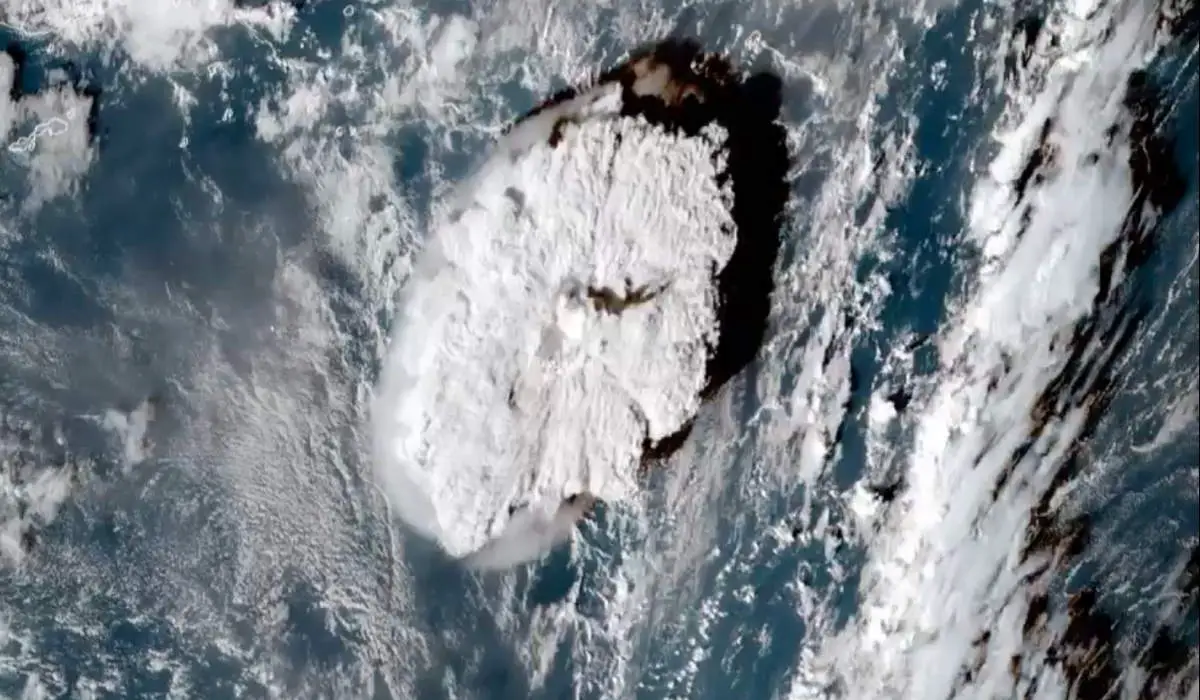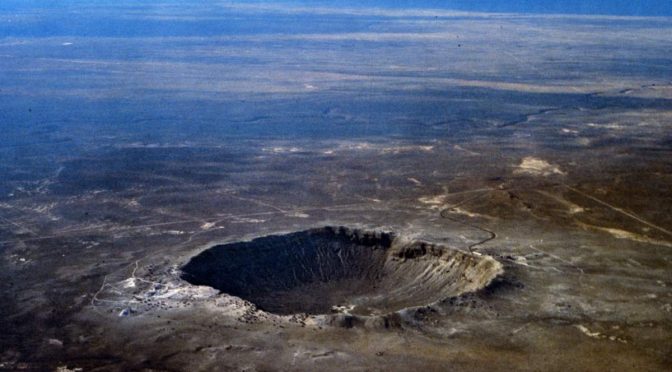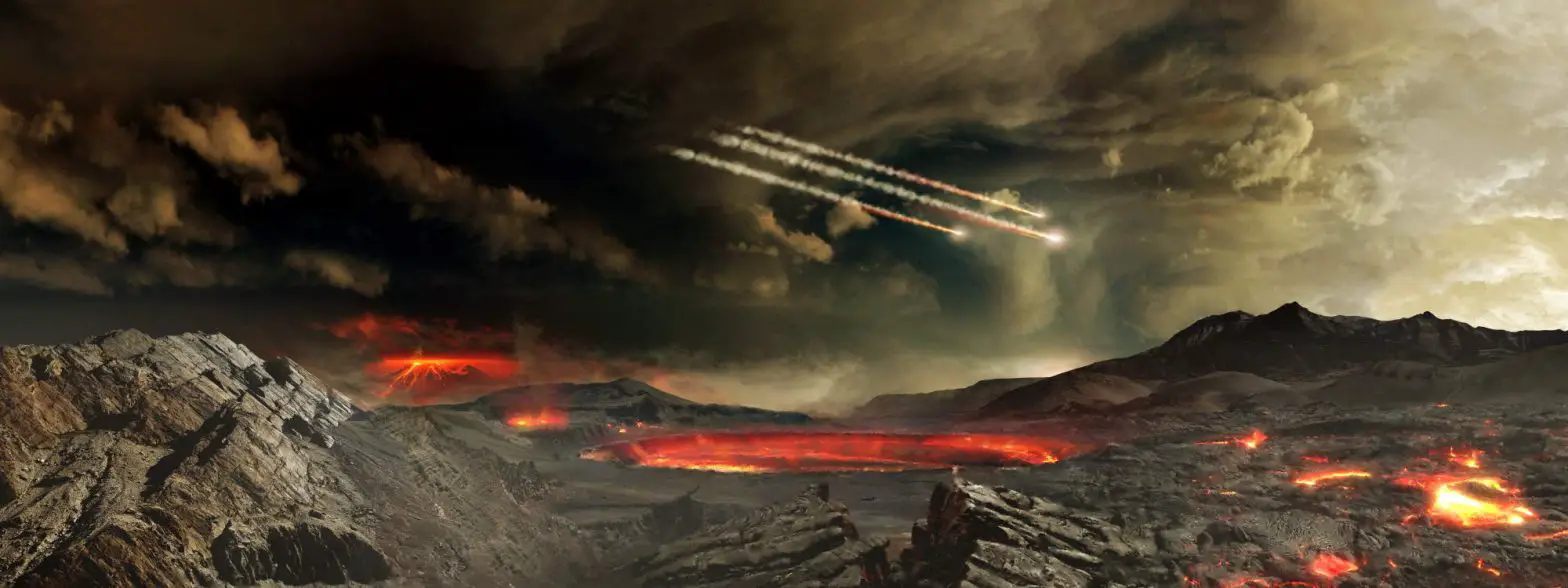Yellowstone National Park, renowned for its geysers, also astonishes visitors with the vibrant colors accompanying these thermal features. Gazing upon these landscapes, one is treated to a visual feast of yellows, oranges, reds, and greens in the flowing hot water, the lining of hot pools, and even in the steam which can appear tinged with color.
What Makes Yellowstone’s Colors?
